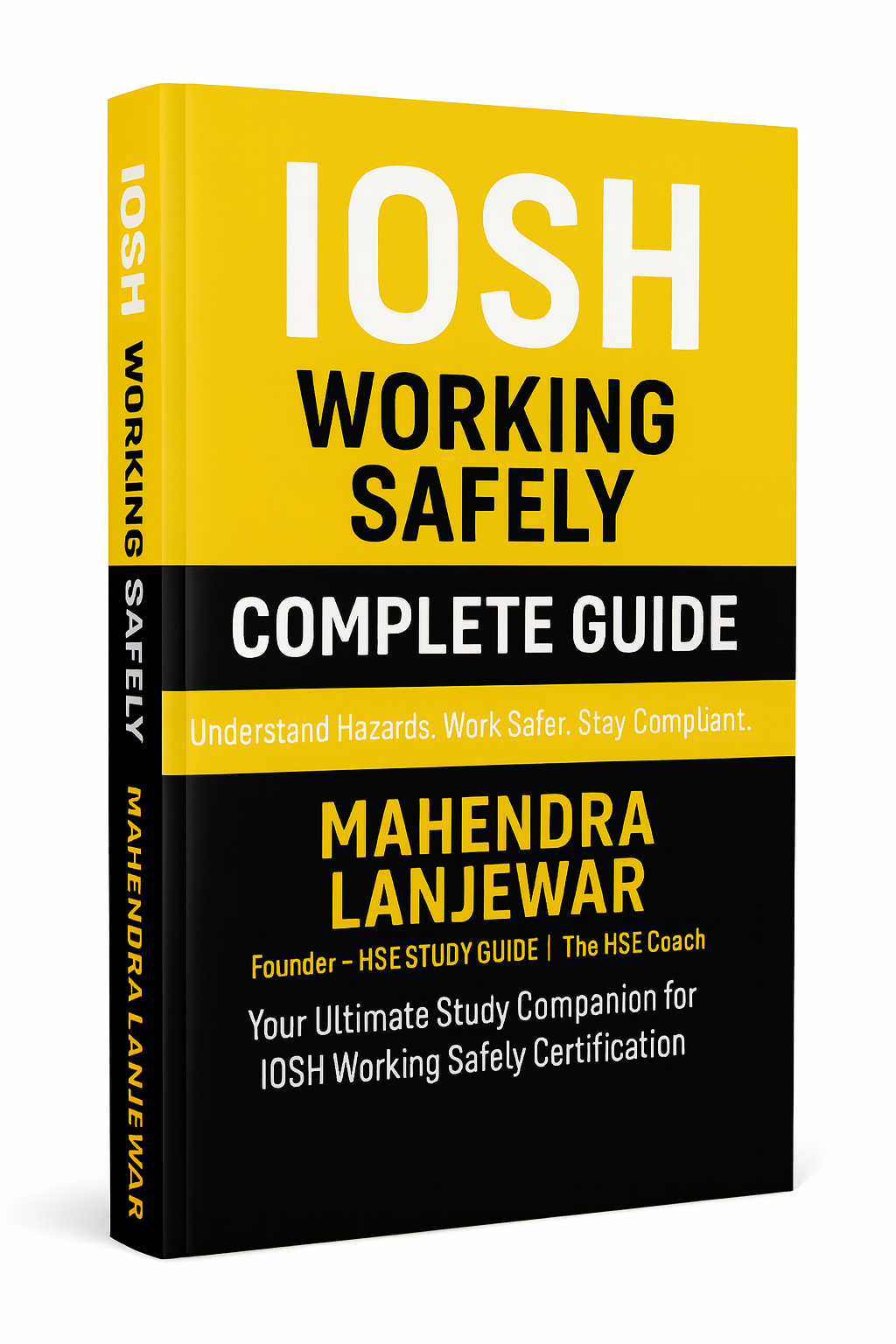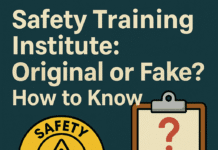
IOSH Incident Investigation
Introduction
Incidents and accidents can happen in any workplace, leading to injuries, property damage, and disruptions to business operations. Investigating these incidents is crucial for preventing their recurrence and improving overall safety. One such effective approach is the Institution of Occupational Safety and Health (IOSH) incident investigation. This article will delve into what IOSH incident investigation entails and why it is vital for organizations.
What is IOSH Incident Investigation?
IOSH incident investigation is a systematic process aimed at understanding the circumstances surrounding an incident, identifying root causes, and developing appropriate corrective actions. It follows a structured approach that involves multiple steps to ensure a thorough examination of the incident.
Importance of IOSH Incident Investigation
Conducting IOSH incident investigations is essential for several reasons. First and foremost, it helps organizations identify the root causes of incidents rather than merely focusing on the immediate causes. By understanding the underlying factors, preventive measures can be implemented to reduce the likelihood of similar incidents in the future.
Additionally, IOSH incident investigation provides valuable data that can be used for statistical analysis and trend identification. This data-driven approach helps organizations prioritize safety improvements and allocate resources effectively.
Steps of IOSH Incident Investigation
- Reporting the IncidentThe first step in the IOSH incident investigation process is promptly reporting the incident to the relevant authorities and initiating the investigation team.
- Immediate ActionsUpon reporting, immediate actions are taken to ensure the safety of all personnel and to prevent further harm or damage.
- Gathering InformationThe investigation team collects all relevant information, including witness statements, photographs, and physical evidence related to the incident.
- Analyzing the DataData analysis involves reviewing all gathered information to reconstruct the sequence of events leading to the incident.
- Identifying Root CausesThe investigation team uses various techniques to identify the root causes of the incident, looking beyond the surface-level factors.
- Developing Corrective ActionsBased on the identified root causes, the team formulates corrective actions to prevent similar incidents in the future.
- Implementing SolutionsThe proposed corrective actions are implemented, and necessary changes are made in the workplace to enhance safety.
- Monitoring and ReviewThe effectiveness of the implemented solutions is monitored, and periodic reviews are conducted to ensure sustained improvements.
IOSH Incident Investigation Techniques
- TapRoot Investigation SystemThe TapRoot system employs a systematic approach, using a root cause tree to identify underlying causes effectively.
- Tripod BetaTripod Beta focuses on human factors and organizational failures as root causes of incidents, providing a deeper understanding of the incident context.
- ICAM Investigation ModelThe ICAM model emphasizes analyzing multiple layers of causation and the influence of organizational factors on individual behaviors.
Benefits of Implementing IOSH Incident Investigation
The implementation of IOSH incident investigation brings several benefits to organizations:
- Improved safety culture and awareness among employees.
- Reduction in incident recurrence and associated costs.
- Enhanced organizational learning from incidents.
- Better compliance with safety regulations.
The cost of the IOSH Incident Investigation certification
The cost of the IOSH Incident Investigation certification varies depending on several factors, including the country or region where the certification is being obtained and the training provider chosen. Generally, there are two main components of the fees: the training fees and the examination fees.
- Training Fees: The training fees cover the cost of attending the IOSH Incident Investigation course. The course is typically delivered over a specific duration, either in-person or online, and includes instructional materials, resources, and expert guidance from qualified trainers. The training fees can range from $300 to $1000 or more, depending on the level of training and the training provider’s reputation.
- Examination Fees: After completing the IOSH Incident Investigation course, candidates are required to take an examination to assess their understanding and knowledge of the subject matter. The examination fees are usually separate from the training fees and can vary between $100 to $300.
Please note that the fees mentioned above are approximate and may vary based on factors such as the location, currency exchange rates, and specific training providers. Additionally, some training providers may offer bundled packages that include both training and examination fees at a discounted rate.
Before enrolling in the IOSH Incident Investigation certification program, it is advisable to research various training providers, compare their offerings and fees, and ensure that the chosen program aligns with your career goals and requirements.
IOSH Incident Investigation vs. Accident Investigation
IOSH incident investigation differs from traditional accident investigation in its approach. While accident investigation tends to focus on blame and immediate causes, IOSH incident investigation delves deeper into systemic issues and root causes, promoting a proactive safety culture.
The Role of Training in Effective Incident Investigation
Effective training of personnel involved in incident investigation is critical to ensure the quality and accuracy of the process. Training equips investigators with the necessary skills to identify root causes and recommend appropriate corrective actions.
Integrating Incident Investigation into Safety Culture
To create a culture of safety, incident investigation should be integrated into the overall safety management system. It should be viewed as a learning opportunity rather than a punitive process.
Common Challenges in IOSH Incident Investigation
Some common challenges in IOSH incident investigation include:
- Reluctance to report incidents due to fear of consequences.
- Limited availability of skilled investigators.
- Difficulty in identifying underlying organizational issues.
The Future of Incident Investigation
As technology advances, incident investigation methodologies are likely to incorporate more data analytics and artificial intelligence, enabling better insights into incident causation.
Conclusion
IOSH incident investigation plays a vital role in improving workplace safety by going beyond the surface-level analysis of incidents. Its systematic approach and focus on root causes lead to effective corrective actions and preventive measures. By embracing IOSH incident investigation, organizations can create safer work environments and enhance overall productivity.
FAQs
- What is the purpose of IOSH incident investigation?The main purpose of IOSH incident investigation is to identify root causes and develop corrective actions to prevent similar incidents in the future.
- Is IOSH incident investigation only relevant for industrial settings?No, IOSH incident investigation is applicable to all types of workplaces where incidents can occur.
- How long does an average IOSH incident investigation take?The duration of an IOSH incident investigation varies depending on the complexity of the incident, but it typically takes a few days to a few weeks.
- Can IOSH incident investigation prevent future incidents?Yes, by addressing root causes and implementing effective corrective actions, IOSH incident investigation can significantly reduce the likelihood of future incidents.
- Is IOSH incident investigation a legal requirement in all countries?The legal requirements regarding incident investigation may vary from country to country and might be dictated by specific industries or sectors.
























